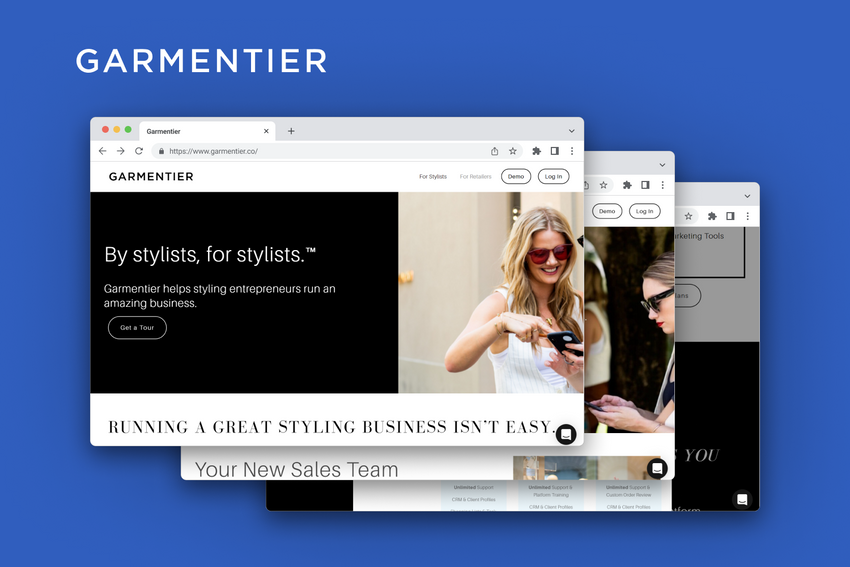A Small Guide on Building an MVP
Building a Minimum Viable Product is a simple but effective approach to validate your product idea. Discover the stages that you cannot omit.
Nearly 37% of startups die due to a lack of profitability or capital. The good news is that there is a way to test an idea’s viability and avoid wastage. We mean MVP development. If you are interested in this effective and straightforward methodology, this blog post will help to sort out the details.
What is an MVP?
Imagine you have to create and launch your product immediately and with no huge investment. What features would you add by all means and what are the options to be omitted? This simple version though saving the basics of your idea is the Minimum Viable Product. Its mission is to validate your idea and collect maximum feedback with minimal effort.
This approach to product launch has many supporters because:
- It helps you to test a hypothesis with minimum resources involved;
- It helps you to identify the early adopters of your product;
- It helps you to get feedback in the short term;
- It creates your reputation;
- It helps you to test pricing models;
- It protects you from making mistakes and budget losses
Thus, your minimum viable product may become your most valuable player.
How to Build an MVP
Even though making a product minimum means adding fewer features, there are some things to be worked out. To make it easier, we would like to offer you a structured process that we recommend to our customers at Fively.
1.Identify Your Market Needs
You may think that your idea will rock the market but without analysis and data, it’s merely your opinion. Before launching any product you should make sure that there are people who want and are going to like your solution.
We recommend you analyze your potential customers and their pains. Market research, surveys, open data resources will help you with that. Besides, do not forget to look at your direct and indirect competitors. Make a comparative table or a SWOT analysis to make sure your offer will stand out.
These measures will help you to formalize a concept or give it up without time and money waste.

2. Define Your Product Value
Formulate a clear statement that will deliver the information on the benefits of your offer. If the users don’t catch the idea immediately, they won’t adopt your solution.
A good value proposition should be supported by facts, formulated with the help of customer logic, and focused on a specific audience segment.
A unique value or selling proposition will help you to define the pool of features to be included in the MVP. In addition to that, you can use it for further marketing campaigns.
3. Design Your Customer Journey
The customer-centric approach is your indispensable assistant. Look at your solution from the customers’ perspective and describe possible scenarios of interacting with your product. It’s useful to record every step from opening your app to accomplishing the ultimate goal and/or closing the app.
You’ll get a user flow and understand what tasks your solution should carry out. This approach is far more effective than the attempts to invent and describe certain features that may be detached from reality. A user flow is a way to customers’ satisfaction and higher conversions.
4. Rank the Features
List all the features you want to add to your MVP. Then think about them in terms of priority - which ones are necessary and which ones can be omitted. Classify your features as high-, medium-, and low-priority ones. This is an important step before the actual development works.
If you can’t quite decide, try the following criteria. Think about the impact of a feature and its urgency for the ultimate solution. When both indicators are high, you should definitely include this feature in the top-priority part and in your future MVP as well.
5. Choose the Right MVP Developers
In fact, you may start with this step and get back to the unique selling proposition part and other analytical work when you find a contractor. However, from our past experience, we can state that it’s much easier for both parties when we can deal with data and plans rather than with vague ideas.
You can pick up between hiring an in-house developer or a freelancer, or outsource MVP development. If you aren’t familiar with the process, we recommend you to look at our blog posts ‘How to Decide Which Outsourcing Provider to Work With’ and ‘How to Find the Right Freelancer on UpWork’.
In general, offshore MVP development will cost you less and there is a pretty good chance that you will find high-class professionals.

6. Create a Prototype
Once you understand customer flow and high-priority features, get a prototype created. It should be clickable and demonstrate the UX/UI that you are going to use hereafter. It’s a great way to validate your design, attract early adopters and investors. A prototype is an MVP for a real MVP. Skipping this stage can lead to a sales failure as it happened to Steve Jobs during his work on the Apple Lisa.
7. Create, Test, and Learn
Once you have done the things above, it’s time to start the development. When the first version is ready, pass it to the hands of QA engineers. Then it’s time to show your product to your inner circle - so-called alpha testing. After that, show your product to the public in the format of beta testing. These steps are important for making improvements and usually take up to two weeks.
After the testing period, gather user feedback and consider what else can be improved. Adopt those improvements and go back to the learning stage. Ultimately, you’ll get a complete product that your customers will love.
Are you standing on the threshold of building a new product? Let’s create your MVP success story together!

Need Help With A Project?
Drop us a line, let’s arrange a discussion















